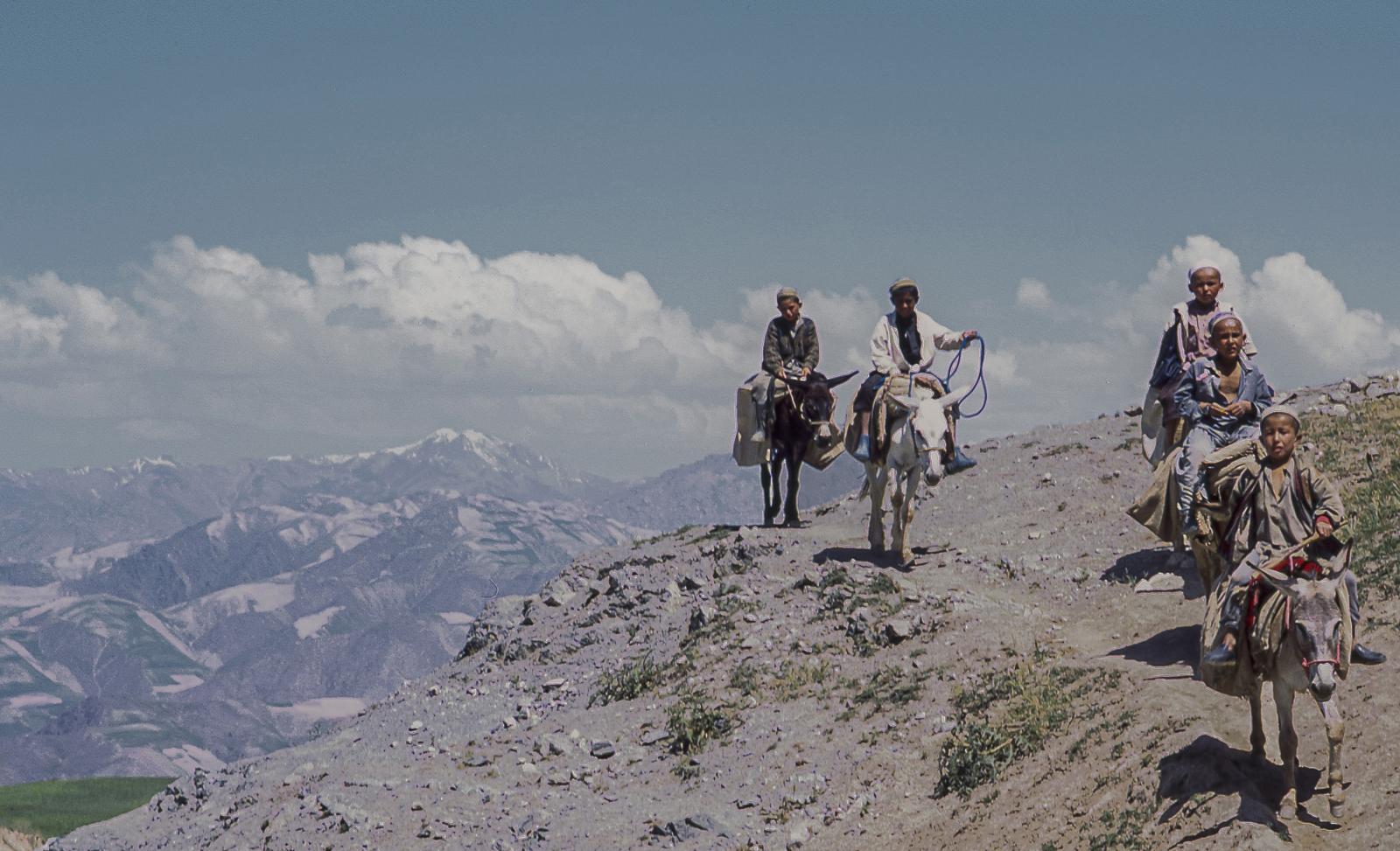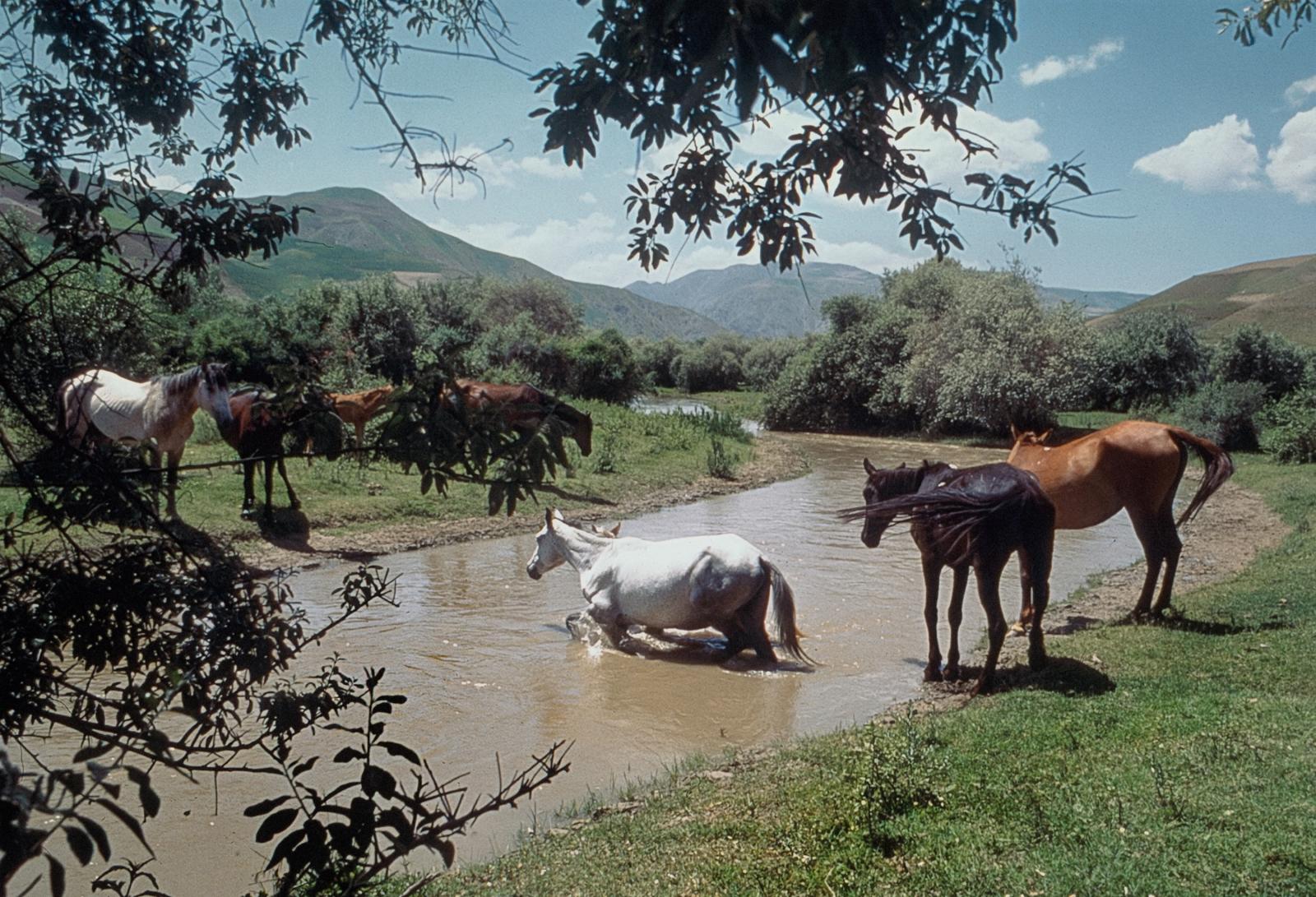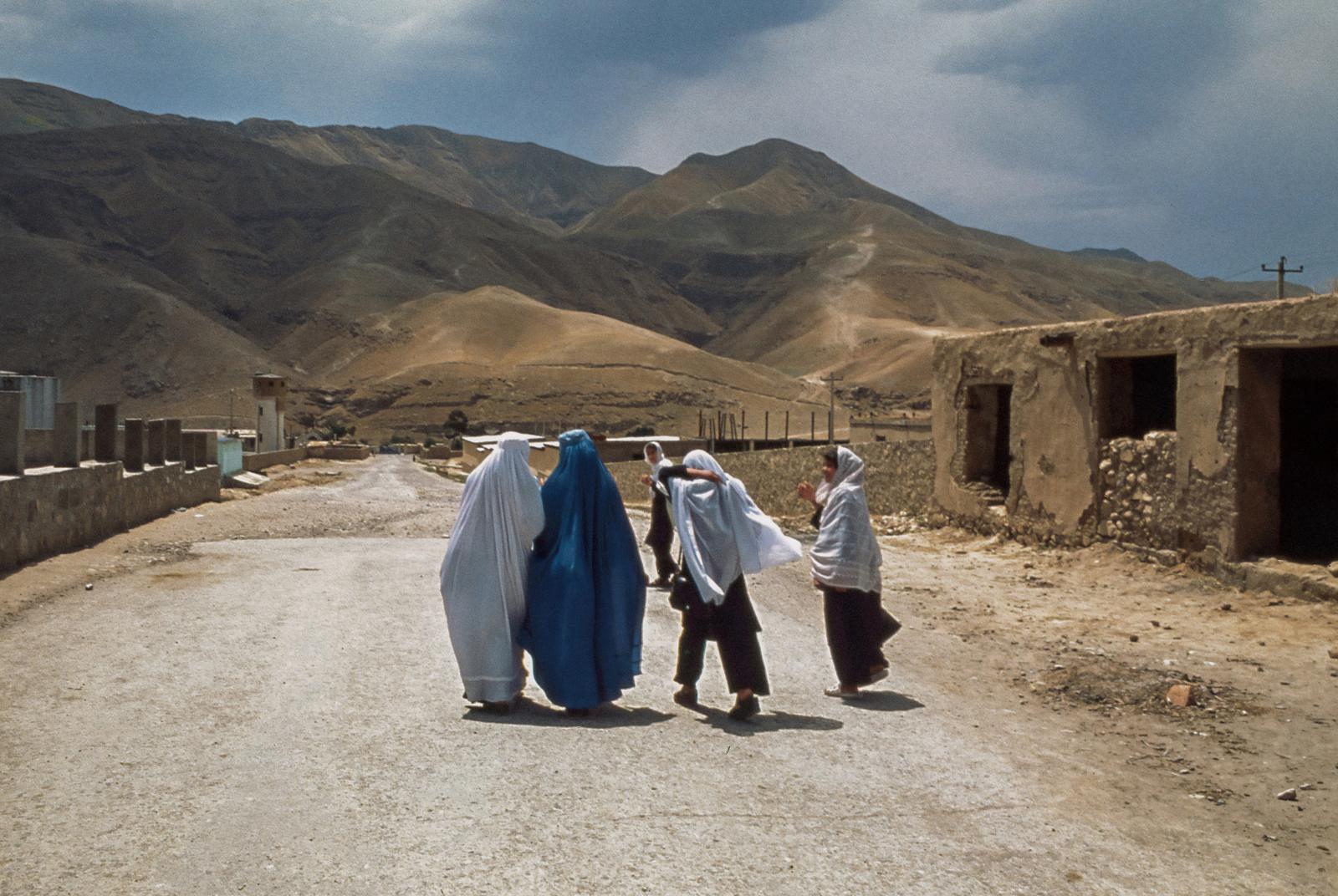Public Project
Afghanistan 2003
Summary
Afghanistan 2004
We started in Herat, documenting access to clean water and hygiene. Then we journeyed to Badakhshan, a vast and remote province with only one hospital, to follow an elderly midwife who traveled on foot from village to village helping women give birth safely. From there, we embarked on a road trip—from Kunduz to Pol-e Khomri to Mazar-e Sharif—photographing the reintegration of former child soldiers. In Pol-e Khomri, after long discussions with local warlords, we were granted rare permission to document girls’ schools.
One story that stayed with me was about a girl who, during the Taliban regime, had disguised herself as a boy just to survive. After tracking her down, we spent days with her and her family, photographing her life and resilience. Now, as I watch the current news, I think about all the women and children I met back then—girls who are now grown, facing the return of the same forces their mothers once endured. I think of them often. I hope they are safe.
In 2003, the security situation in Afghanistan remained unstable, with ongoing challenges despite the fall of the Taliban regime. While the International Security Assistance Force (ISAF), later led by NATO, had taken over command, pockets of resistance from al-Qaeda and remnants of the Taliban continued to pose a threat. Additionally, internal conflicts and rivalries between warlords and different factions persisted, particularly in the north and west of the country.
My film on child soldiers whose identities we disguised are sadly lost, my images of the destroyed Bamiyan statues and many images in and around Kabul are also lost.
818








































